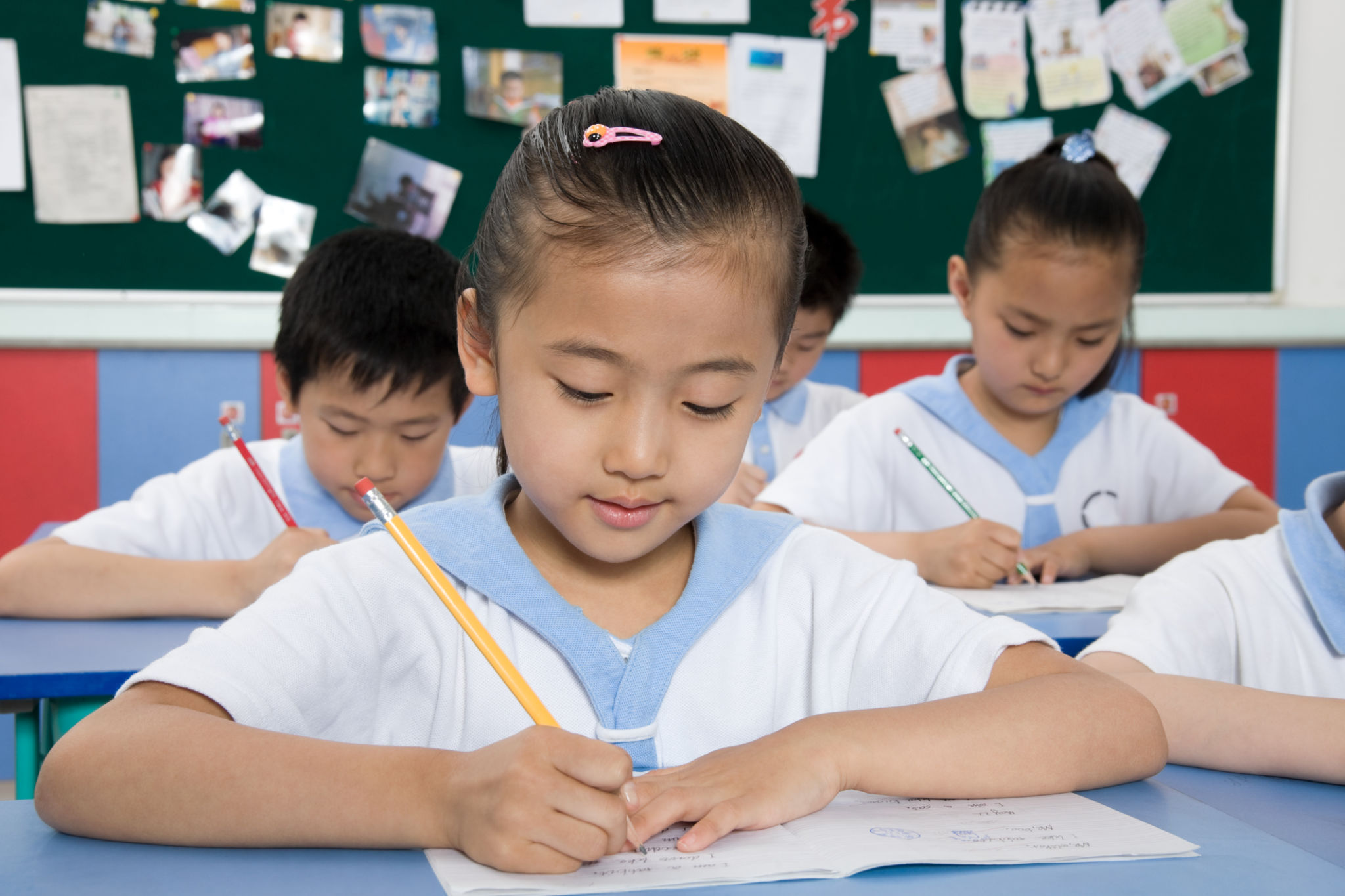Whole-Brain Child Education: Myth-Busting Common Misconceptions
Understanding Whole-Brain Child Education
The concept of Whole-Brain Child Education is gaining traction among educators and parents alike. It's an approach that combines neuroscience, psychology, and practical strategies to nurture a child's development holistically. However, like any emerging educational philosophy, it has its share of misconceptions. In this post, we'll delve into some common myths surrounding Whole-Brain Child Education and set the record straight.
At its core, Whole-Brain Child Education emphasizes the integration of a child's logical, analytical left brain with the emotional, intuitive right brain. This approach aims to foster balanced development, encouraging children to be both critical thinkers and empathetic individuals. Yet, some misunderstandings continue to circulate, hindering its full potential.

Myth: Whole-Brain Education Is Just a Fad
One prevalent myth is that Whole-Brain Child Education is merely a passing trend. Critics often dismiss it as another short-lived educational buzzword. However, this approach is grounded in decades of scientific research and cognitive studies. The principles of Whole-Brain Education are not only scientifically backed but are also continuously evolving with new discoveries in neuroscience.
Far from being a fad, this educational philosophy seeks to incorporate the latest findings about brain development into teaching methods. By doing so, it provides a robust framework that can adapt to future educational challenges and insights.
Myth: It Only Focuses on Emotional Development
Another common misconception is that Whole-Brain Child Education is solely about nurturing a child's emotional intelligence while neglecting academic skills. In truth, this approach aims for a comprehensive development that includes both emotional and intellectual growth.
Whole-Brain Education integrates various aspects of learning, such as problem-solving, critical thinking, and creativity, alongside emotional regulation and interpersonal skills. By engaging the whole brain, children can achieve a more well-rounded education that prepares them for real-world challenges.

Myth: It Requires Special Training for Teachers
Some believe that implementing Whole-Brain Child Education requires extensive training or specialized programs for teachers, making it inaccessible for many schools. While it's true that understanding the brain's functions can enhance teaching strategies, this approach does not demand exclusive resources or certifications.
Teachers can integrate whole-brain strategies using existing tools and curricula by simply shifting their perspective on how they engage students. Encouraging activities that promote mindfulness, empathy, and critical thinking can be seamlessly incorporated into everyday lessons without needing a complete overhaul of teaching methods.
Myth: It's Only Suitable for Young Children
Whole-Brain Child Education is often mistakenly thought to be only applicable to early childhood education. While it is particularly beneficial during the formative years when brain development is rapid, its principles can be adapted for learners of all ages.

As students grow older, whole-brain strategies can help them navigate complex social dynamics, enhance problem-solving skills, and prepare for adult responsibilities. By applying these principles across different educational stages, we can support lifelong learning and adaptability.
Moving Forward with Whole-Brain Child Education
Dispelling these myths is crucial for embracing the full potential of Whole-Brain Child Education. By understanding its true nature and benefits, educators and parents can better support a child's holistic development. This approach not only enhances academic achievement but also equips children with the skills necessary to thrive in an ever-changing world.
As we continue to learn more about the brain's capabilities and intricacies, Whole-Brain Child Education will undoubtedly evolve. Engaging with this philosophy means committing to an ongoing journey of discovery, ensuring that every child can benefit from an education that nurtures both the mind and heart.
